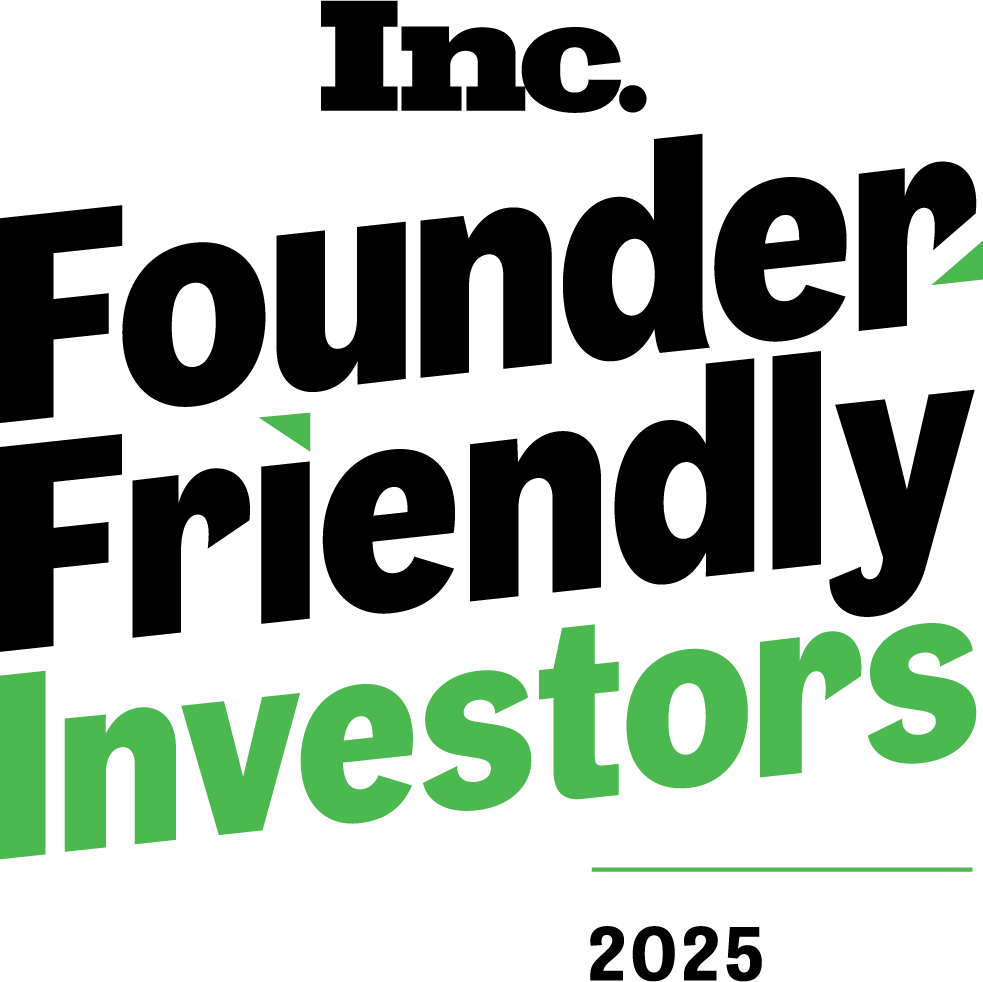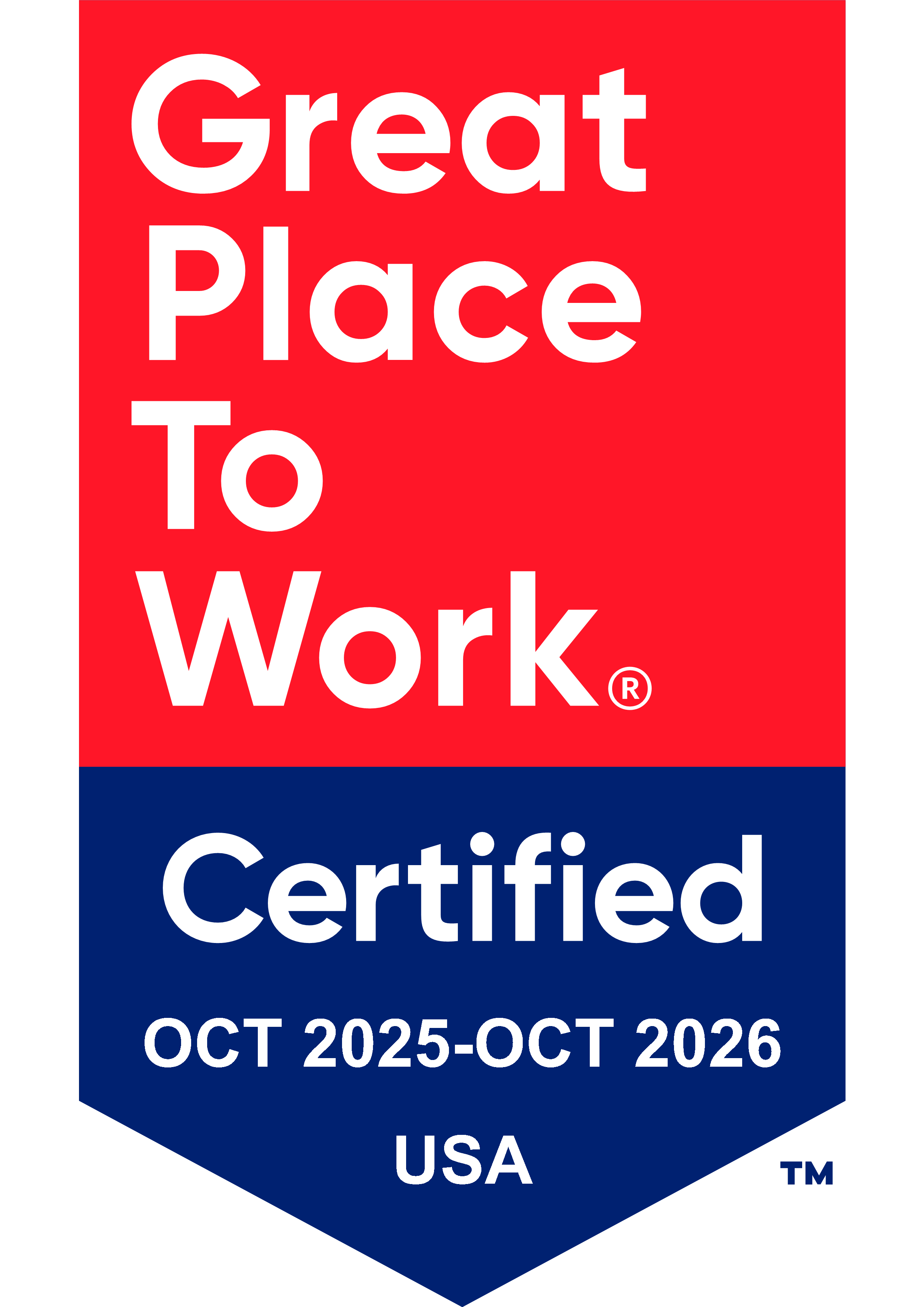You’ve built a great business. Chances are you are pretty good at selling your services, buying products, or selecting your service providers. You may also have your finger on the pulse of the checkbook and maybe even have some experience in HR and IT. However, if you are a small business owner or entrepreneur, you may never have developed a detailed annual budget. This is table stakes in working with any institutional investor and is an essential foundation to enabling the business to scale and make proactive decisions based on real-time data.
Boyne has helped dozens of its companies create their first budget and refine them over time. This bottoms-up budget sets the foundation for a successful partnership and scalable growth.
Why Table Stakes?
A mutually agreed upon budget is a necessary foundation for relationships with key stakeholders:
-
1. Reporting Requirements – Your company will need to provide budget-to-actual monthly results to its investors and lenders.
-
2. Creates Baseline Expectation – A budget defines success and sets clear goals for bonus achievement.
-
3. Enables Management Autonomy – Once a budget is finalized, the management has the green light on agreed-upon budgeted new hires, capex, and other investments, eliminating the need for back-and-forth approvals throughout the year.
Watch the Business Improve!
A comprehensive budget always improves the management of the business:
-
1. Know Thyself – Business owners often learn a lot about their business during the bottoms-up budgeting process. We examine market trends, customer attrition/growth, business mix changes, and margin by product. This top-down (market-driven) and bottoms-up (company-driven) analysis often yields learning that impacts where management allocates its resources.
-
2. Working Backwards to Move Forward – As we forecast out growth, we can determine at which points we need to make certain new hires and investments and work backward to initiate action on longer lead-time items. Also, if the business gets choppy, it is always good to consider what levers we can pull before a crisis occurs.
Cash is King
The cash flow (16-week forecast updated weekly) enables us all to sleep well at night:
-
1. Liquidity Roadmap – The forecast creates visibility on liquidity pinch points (often from growth) and enables us to address these well ahead of time.
-
2. Peace of Mind – Entrepreneurs often rely on a big cash cushion to feel comfortable in lieu of real-time visibility. Bottoms-up modeling based on accounts receivable, accounts payable, expected receipts, and outflows replaces the cash cushion with a formal process to allow for peace of mind.
The Budget is One Gear in an Overall System
While the budget is typically created in an Excel spreadsheet, it often feeds off of, and into, several other parts of the business:
-
1. KPI Scorecard – Boyne helps implement scorecards that track pipeline, sales conversion, profitability metrics, working capital efficiency, and specific operational targets.
-
2. IT Infrastructure – Boyne helps its portfolio companies implement financial systems (for example, converting numerous systems from Quickbooks to Netsuite) and ERP and CRM platforms to manage and sell with real-time data.
-
3. 100-Day Plan – Boyne’s rolling 100-day plan will have certain initiatives, including Boyne deliverables, to help create mutual accountability to achieve near-and-long-term goals.
Don’t Worry! We Will be Doing This Together!
Scalability is key to achieving your business’s full potential, and the finance function—covering budgeting and forecasting—is the roadmap to this destination.
Boyne’s financial operations team has helped dozens of our portfolio companies create their first budgets and refine them over time. This has enabled our businesses to massively scale, both organically and strategically with add-on acquisitions. We are proud that our management teams embrace our financial best practices and reports, which are woven into our businesses’ fabric, even long after we have sold the businesses.
For more information on how you can build a bottoms-up budget to help improve your business, contact the business development team at Boyne Capital:
Rob Regan, Vice President, [email protected]
Will Guthrie, Vice President, [email protected]
Natalia Cosio, Senior Associate, [email protected]




